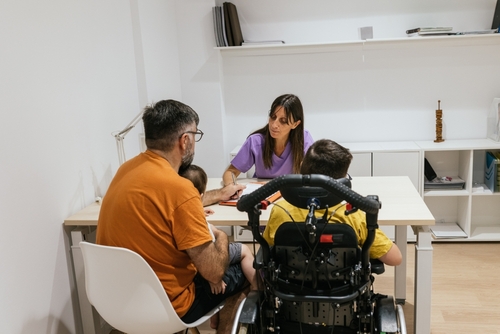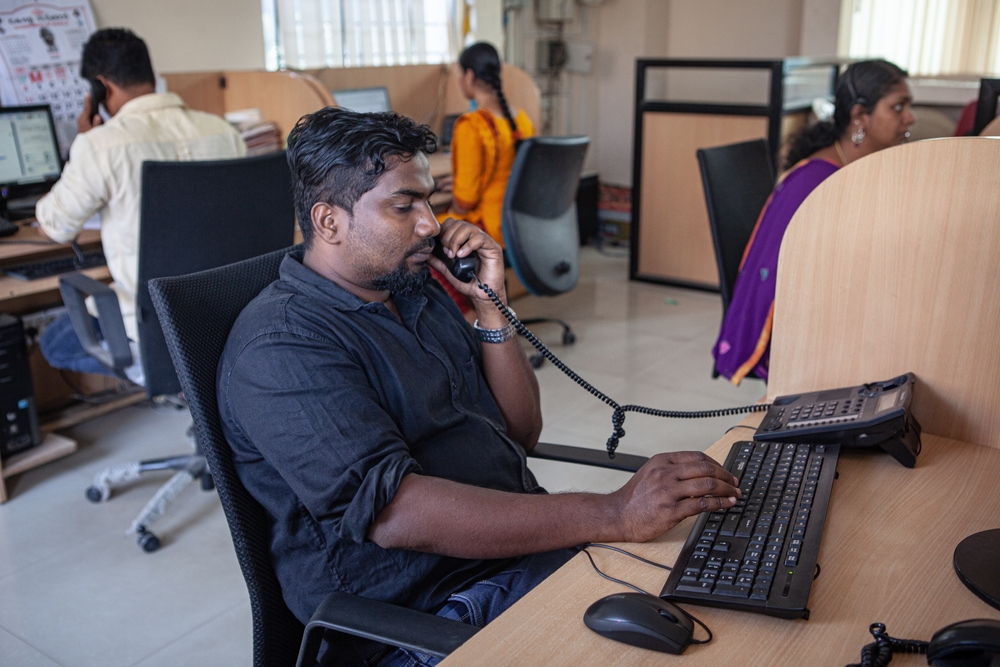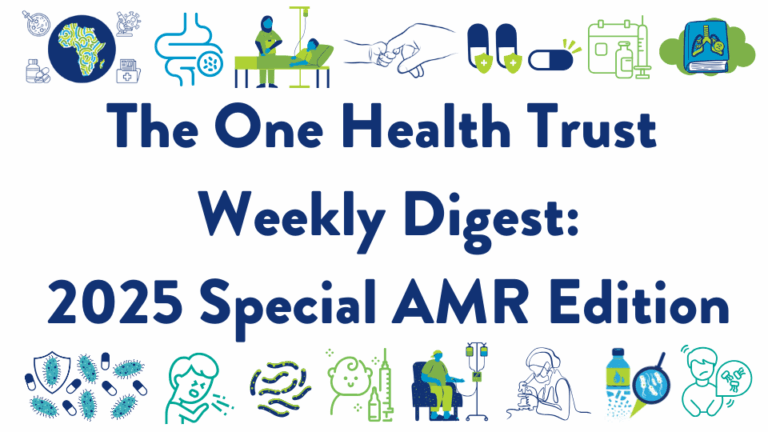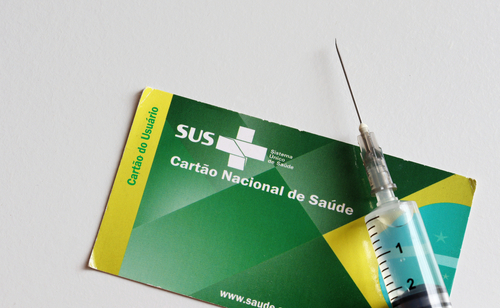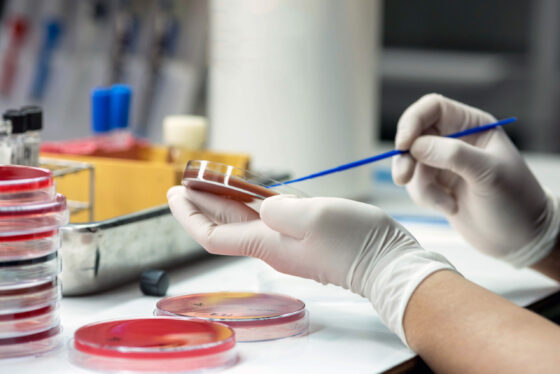August 27, 2022

WASH sanitation interventions resulting in lower diarrhea rates in children are sustained even after initial promotion.
Researchers analyzed the results of a cluster-randomized controlled trial of water, sanitation, hygiene (WASH), and nutrition interventions (WASH Benefits Bangladesh), which included the provision of or upgrades to latrines, sani-scoops for feces removal, children’s potties, and in-person behavioral promotion. Promotion of the interventions was intensive up to 2 years after intervention initiation, decreased in intensity between years 2 to 3, and stopped after 3 years. The study followed 720 households (360 being a control group) during different promotion phases between June 2014 and December 2016. Over the entire study period, diarrheal prevalence was lower among children in the WASH group (11.9%) compared to the control group (14.5%). The benefits of the WASH interventions were sustained for at least 3.5 years after implementation, with no significant differences in intervention effects between periods with high-intensity versus low-intensity or no promotion.[PLOS Medicine]
Social scientists must be involved in policy creation for pandemic preparedness.
Social science research provides insights into the intersections of illness and disease dynamics with gender, race, patient activism, and other sociocultural issues. Social science methods are necessary to compare and evaluate the social, economic, and health policies instigated during pandemics, providing a guide for managing and controlling public health crises. Qualitative studies of how people engage with public health measures and adapt their social practices are necessary for preparedness for future pandemics. These analyses both inform policy and provide important critiques to calibrate pandemic policy making and the development of public health interventions. [The Lancet]
Women in sub-Saharan Africa (SSA) face inequity in academic publishing.
Researchers measured publishing by SSA women in prestigious authorship positions (first or last author, or single author) from 2014 to 2016 and analyzed policies and practices at journals publishing high rates of women scientists from SSA. Regional analysis revealed that the greatest disparity in authorship equity was in papers from SSA, where men comprised more than 60% of first, last, and single authors. Women from South Africa and Nigeria had greater success in publishing than those from other SSA countries. Furthermore, journals that published the most SSA women as prominent authors were based in SSA or had primarily male leadership. [BMJ Global Health]
Poultry and feces are major sources of antimicrobial resistant genes in Nepal.
In a study investigating AMR genes in a One Health context in an informal settlement in Nepal in 2017, researchers collected various samples from humans, chickens, ducks, swine, and water across 35 households representing 9% of the total number of households along the Manohara river. The focus of the study was placed on a subset of seven resistance genes associated with antibiotic-resistant bacteria of global health importance for both humans and animals. Although associations with specific risk factors were not uniform across the resistance genes tested, poultry and fecal samples were indicators for detection of six out of seven of the genes investigated, signaling that surveillance and intervention efforts should focus on poultry and feces for detection and reduction of these resistance genes in the community studied. [Scientific Reports]
Latrine samples can be used to determine trends in antimicrobial resistance (AMR) in low-income countries.
Between November 2015 and January 2016, researchers repeatedly collected fecal samples from 121 households and 46 public pit latrines in Kibera, an urban settlement in Kenya, to compare the prevalence of antimicrobial-resistant E. coli in the sample sources. AMR estimates and resistance phenotypes in the latrine samples correlated closely with those in household stool samples, especially for antibiotics with prevalence values less than 15%, such as ceftazidime, chloramphenicol, and ciprofloxacin. [Antimicrobial Resistance & Infection Control]
Alarmingly high rate of multidrug-resistant bacteria among ventilator-associated pneumonia (VAP) in ICU COVID-19 patients.
Among 284 COVID-19 patients in invasive mechanical ventilation in the ICU between January 1 and June 31, 2021, VAP was diagnosed 103 times in 94 patients, with a prevalence rate of 33% and an incidence rate of 13.48 episodes per 1,000 days. This incidence rate is similar to that of ICU patients with ARDS observed in a 2016 study. Carbapenem resistance was observed in 41.4% of Pseudomonas aeruginosa isolates, which may be attributed to 52.4% of the cohort receiving broad-spectrum antibiotics before their ICU admission. [Journal of Anesthesia, Analgesia and Critical Care]
Gaps in knowledge about antibiotics in Myanmar show an urgent need for education campaigns.
Researchers conducted a national mobile phone panel survey of 2,216 adults in Myanmar between January and February 2020 to assess public knowledge and awareness about antibiotics and AMR. While the concept of antibiotics was recognized by half of the cohort, more than two-thirds of participants provided two or more incorrect responses to true/false questions about antibiotics. Furthermore, 72.6% of participants believed that antibiotics could kill viruses and 73.5% believed that antibiotics are effective against colds and flus; both beliefs were greater among individuals who lived in urban areas and who were 18-29 years of age. [PLOS ONE]
Lessons from COVID-19 vaccine authorizations can be applied to other health concerns in low- and middle-income countries (LMICs).
Formal reliance mechanisms allow less mature national regulatory authorities (NRAs) in Latin America to utilize the efforts of their counterparts in the Pan American Health Organization (PAHO) reference countries to authorize vaccines in a timely manner. Fifty-six authorizations of 10 different COVID-19 vaccines in 18 Latin American countries were assessed to determine the role of formal reliance pathways in rapid vaccine authorization. Although reliance did not shorten the time needed to obtain a vaccine authorization, 13 out of 18 countries used a reliance pathway to provide emergency use authorizations for COVID-19 vaccines, indicating that this mechanism could be used in non-pandemic settings to meet other urgent medical needs in LMICs. [PAHO]
Sub-Saharan African stakeholders provide insights into the benefits and inequities of global health research partnerships.
Between June and December 2021, researchers conducted twenty interviews with individual research stakeholders from four institutions in sub-Saharan Africa to evaluate the parity of current global health research partnerships. Many cited benefits of these partnerships, such as capacity strengthening and increased access to funding. However, problems within the global health network, including well-documented inequities such as exclusion from research processes and exploitative relationships dominated by high-income country partners’ interests, remain prevalent. Recommendations to resolve these inequities include ensuring stakeholders follow existing partnership guidelines and reconfiguring funding methods. [International Journal of Equity in Health]

